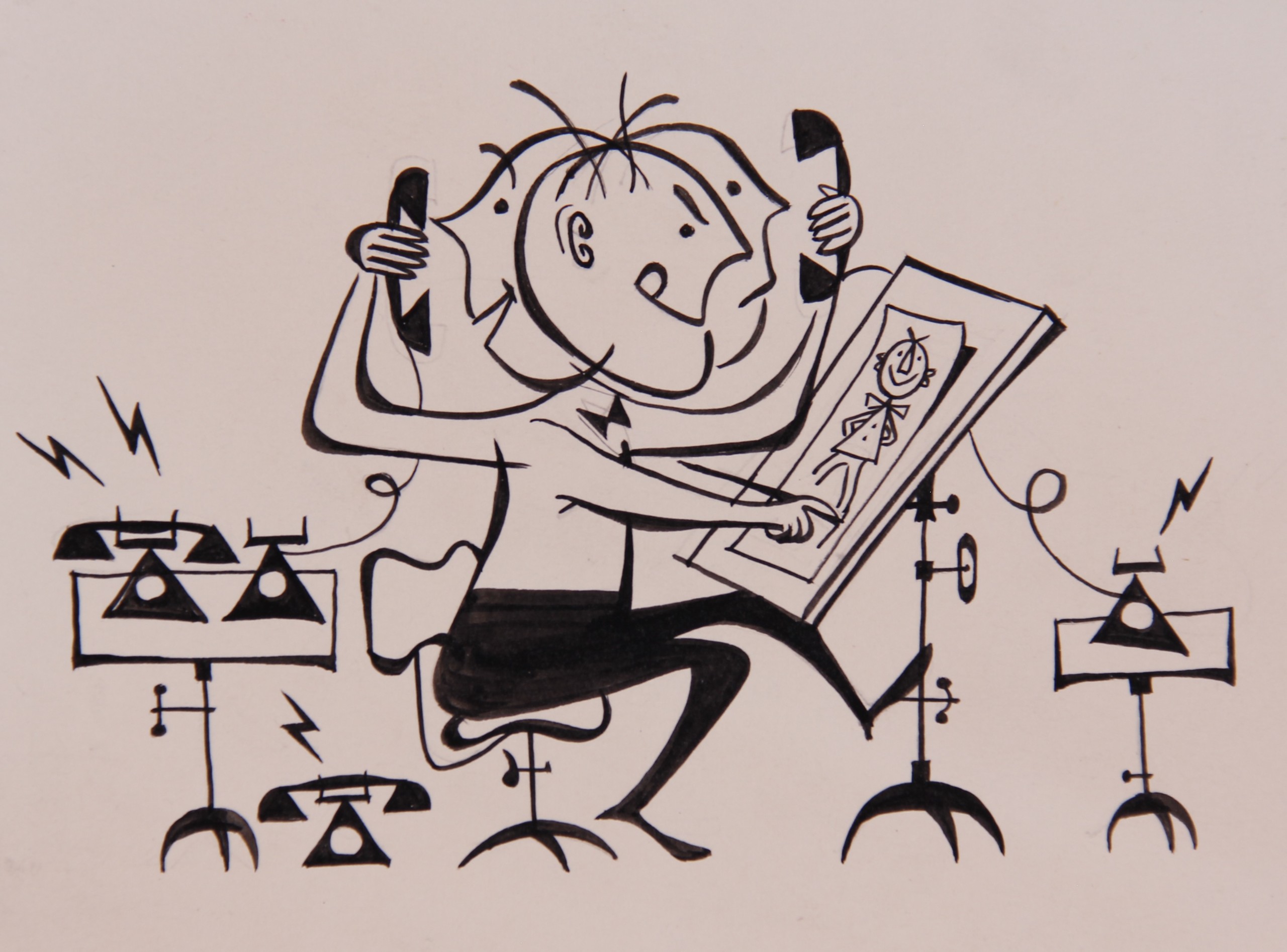The Berkshire Edge:
‘All for Laughs: Artists of the Famous Cartoonist Course’ to open at Norman Rockwell Museum on March 1
‘All for Laughs: Artists of the Famous Cartoonist Course’ to open at Norman Rockwell Museum on March 1
“Looking through the archives, it’s interesting to see that each artist had a niche in terms of what they were doing,” museum Chief Curator Stephanie Plunkett told The Berkshire Edge said. “Each one of these artists had a very unique way of working.”

by Shaw Israel Izikson
February 21, 2025
Stockbridge — The Norman Rockwell Museum will debut its new exhibition “All for Laughs: The Artists of the Famous Cartoonist Course,” on Saturday, March 1.
The course was correspondence based and part of the Famous Artists School, founded in 1948 in Westport, Conn. “The school was started by artist Albert Dorn, who at the time was the president of the Society of Illustrators,” museum Chief Curator Stephanie Plunkett told The Berkshire Edge. “He was able to recruit 11 famous illustrators, including Rockwell, to create the curriculum for this correspondence course.”
Rockwell was part of the founding faculty of the school, along with a group of artists in the cartoonist field, including magazine and book artist Robert Fawcett, magazine cover artist Al Parker, and magazine artist Harold von Schmidt, among many others.

According to Plunkett, the school had over 100 different illustrators (including cartoonists) and art directors who were part of the school over the years. “The first course the school had was about illustration, and they also had a fine art course,” Plunkett said. “The courses were so successful, in 1956 they started another phase of the course called ‘The Famous Artists Cartoon Course.’ That course became popular because, at the time, every single newspaper, magazine, product, or advertisement had a cartoon. It was either some type of strip cartoon, gag cartoon, single-panel cartoon, or political cartoon. Working as a cartoonist was a viable direction for somebody interested in art, and that is what the school campaigned on.”
Plunkett explained that the course was extremely popular in the 1950s and the 1960s. “When a student signed up for the correspondence course, they received three course books,” Plunkett said. “There were 24 chapters in these books that covered everything from facial expressions and the figure in motion to how to create facial expressions. The faculty would all contribute their advice to the course. At the end of a chapter, there was a yellow piece of paper with an assignment that the student was to complete.”

Once the student finished the drawing, they would mail it to the Famous Artists School, and one of the many different instructors would review and correct the artwork submitted. “The faculty member would put tracing paper over the student’s work, and they would redraw things that they felt they could have done better,” Plunkett said. “They would put notes on the sheet, then they would dictate a letter to one of the secretaries outlining everything they had done.”
According to Plunkett, the course eventually declined in popularity. “The decline was because a lot of magazines that carried cartoonists were all going out of business,” Plunkett said. “Over those decades, there were also art schools popping up that were all developing in-person curriculums. The idea of a correspondence cartoonist course became less attractive to people as time went by.”
The school closed in 2016; however, back in 2014, the school donated its archives of artwork to the Norman Rockwell Museum. The archives include lessons created by prominent artists including Rube Goldberg, Al Capp, Milton Caniff, and Dick Cavalli. “Looking through the archives, it’s interesting to see that each artist had a niche in terms of what they were doing,” Plunkett said. “Each one of these artists had a very unique way of working. For example, Virgil Partch was considered to be a surrealist cartoonist, while Al Capp became known for the comic strip ‘Li’l Abner,’ and each one had a particular approach to their artistry.”
While the school has been gone for over a decade, Plunkett said that the cartoon field is once again popular in the modern world. “We now have art schools that have majors in comic-book art and graphic novels,” Plunkett said. “I think that the tenets that these courses set out are really basic to what you would need to know if you were somebody interested in cartoon art. Over time, there have been some things that have shifted culturally, and because of that probably wouldn’t be in a course if you were teaching it today. However, there is still a lot of really great information that goes back to drawing observations, even pairing humorous taglines with images. There are so many things in the course that include timeless bits of wisdom.”
“All for Laughs: Artists of the Famous Cartoonist Course” will run at the Norman Rockwell Museum until June 15. For more information about the exhibit, visit the museum’s website.

